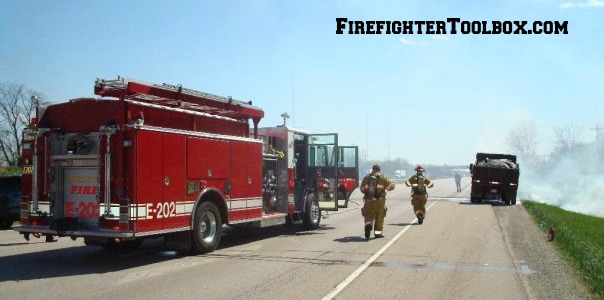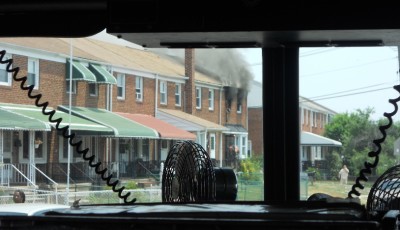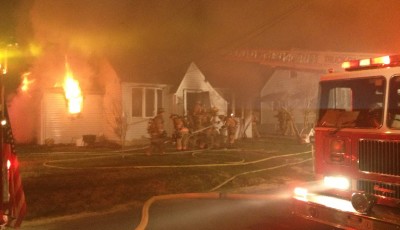5 Key Points to Highlight During Your Size-Up

The Size-Up or Situation Report (Sit-Rep) is designed to be clear, concise and brief. It paints the picture of the emergency scene for dispatchers and responding companies.
Almost as important as what we say during our Size-Up is how we say it. It is imperative that we are calm and confident during our reports. Set the tone early and others will follow the lead.
“Confidence is contagious, so is lack of confidence” -Vince Lombardi
5 Key Points to Highlight During a Size-Up
#1 -Occupancy Type:
- Residential
- Commercial
- Industrial
- Assembly
- Mixed Use
#2 -Construction Type:
- Fire resistive
- Non-combustible
- Ordinary
- Heavy Timber
- Wood Frame
#3- Facility dimensions:
- Single-story
- Multi-story
- High-rise
- Warehouse
- Estimated area (i.e. “100 ft x 50 ft”, square footage, acreage, etc.)
#4 – Mode of Operations
Investigative: used when no obvious emergency situation is visible from the exterior upon arrival. Be prepared to verbally change the mode of operation when the situation dictates.
Offensive: an attack to the seat of the fire accompanied by ventilation and rescue activities. A fast-paced operation initiated when positive results can be achieved by aggressive firefighting decision making.
Defensive: typically utilized to protect exposures instead of dedicating crews to interior attacks.
Special Ops: when the emergency calls for resources (equipment, skill set, manpower, etc.) greater than what arrived on scene. Examples may include hazardous materials response, confined space rescue, extrication or technical rescue operations.
Rescue Mode: a clear, all-hands operation to immediately remove victims from IDLH environment. This is a fast-moving process requiring quick decision making.
#5 – Assumption of Command Statement
Clear assumption of command: Crews (and dispatch) need to know who they are talking to and requesting assistance from. It is paramount that a clear assumption of command statement be verbalized to all involved.
Call sign: Can be a general designation (i.e. “Command”) or geographically specific (i.e. “Hornet Street Command”) depending on the severity of the incident and departmental procedures.
Location: Cross streets (i.e. “intersection of Montgomery and Harmon Avenue”) or building relation (i.e. “Alpha/Bravo corner”) locations make for easy understanding.
Sample Command Statements
Sample 1 –
“Engine 3 on-scene. Smoke and fire visible from second floor, side Alpha of a two-story wood frame residential duplex. Engine 3 will be in Offensive Mode, establishing Command at the intersection of Fowler and Kessler Streets. Call sign will be ‘Kessler Command’.”
Sample 2 –
“Engine 102 on-scene. Nothing visible from exterior of a one-story wood frame warehouse. Engine 102 will be in Investigative Mode, establishing Command on side Alpha. Call sign will be ‘Ogden Street Command’.”
Good communication on-scene can save lives and property. Being fluid and comfortable in our Size-Up requires consistent practice. The “Smells and Bells” calls are the best opportunity we have to develop confidence in our game.
For more on essential communication tips for firefighters, check out the 3 Fundamentals Of Incident Report Writing.







